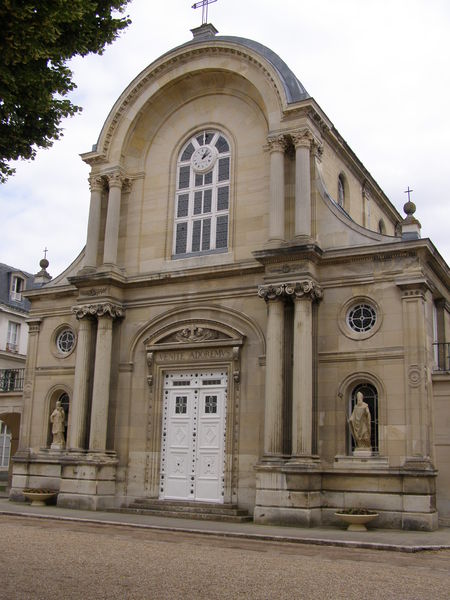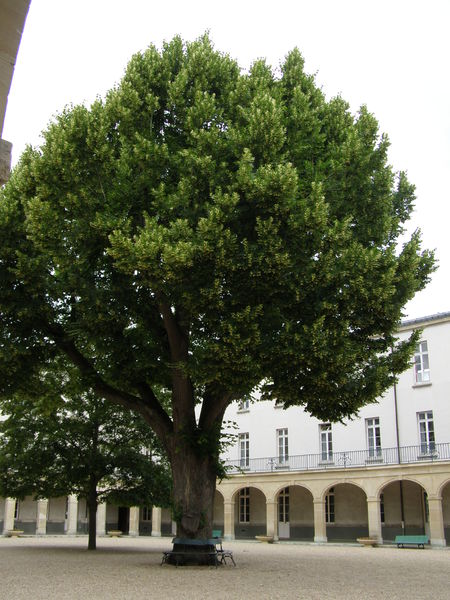An imperial Maison d'éducation at the heart of the forest - Saint Germain Boucles de Seine
An imperial Maison d'éducation at the heart of the forest
Sited in the former 'Les Loges' convent, in the middle of a magnificent 8-hectare park in the Saint-Germain-en-Laye forest, the maison d'éducation de la Légion d'honneur des Loges, a school for the descendants of recipients of the Légion d'honneur, is open to the public only on special occasions.
The Maisons d'éducation de la Légion d'honneur were created in 1805 by Napoleon. They were intented to mitigate a paucity of education for girls and enable them to attain the place that the emperor was convinced they should have in society. He hoped to guarantee the daughters of civil and military legionnaires 'a worthy and independent existence'.
Consequently, the first maison d'éducation opened its doors at the Château d'Ecouen in 1807. Marie-Antoinette's former lady-in-waiting, Madame Campan, who had also been governess to the Emperor's two sisters, became the first headmistress.
The second was opened in 1809 in the former Abbaye de Saint-Denis.
In 1810, three houses for the orphaned daughters of legionnaires who had died in active service were added to the collection. Among them was the Maison des Loges de Saint-Germain, which survived several reorganisations to become a maison d'éducation.
Apart from the Maison d'Ecouen, which closed in 1962 – the château now houses the Musée national de la Renaissance – all have crossed the centuries and different political regimes while retaining their prestige.
Consequently, the first maison d'éducation opened its doors at the Château d'Ecouen in 1807. Marie-Antoinette's former lady-in-waiting, Madame Campan, who had also been governess to the Emperor's two sisters, became the first headmistress.
The second was opened in 1809 in the former Abbaye de Saint-Denis.
In 1810, three houses for the orphaned daughters of legionnaires who had died in active service were added to the collection. Among them was the Maison des Loges de Saint-Germain, which survived several reorganisations to become a maison d'éducation.
Apart from the Maison d'Ecouen, which closed in 1962 – the château now houses the Musée national de la Renaissance – all have crossed the centuries and different political regimes while retaining their prestige.
Location
Openings
Open only as part of a visit scheduled with the Tourist Office or European Heritage Days


